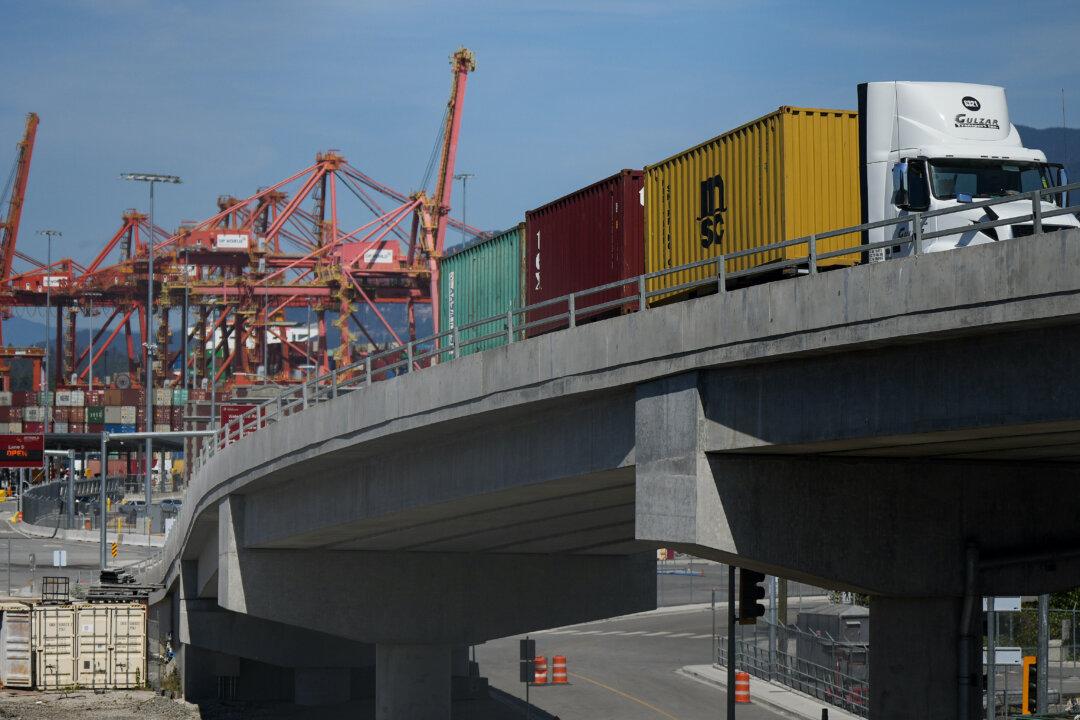A new report is drawing attention to the shortage of truck drivers in Canada and its repercussions on the supply chain, as well as the increasing cost of goods.
The report, titled “Truck Driver Shortage in Canada,” (pdf) was authored by accounting firm PriceWaterhouseCoopers (PwC) for Food, Health & Consumer Products of Canada, a food manufacturing lobby group in Canada.





